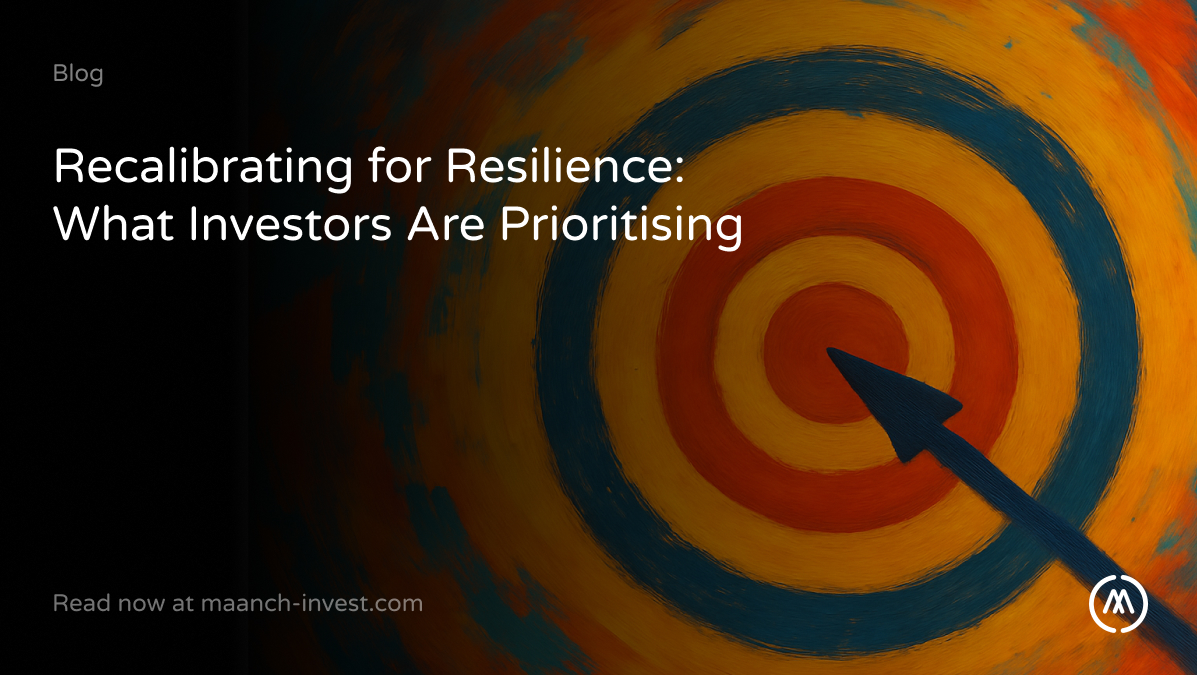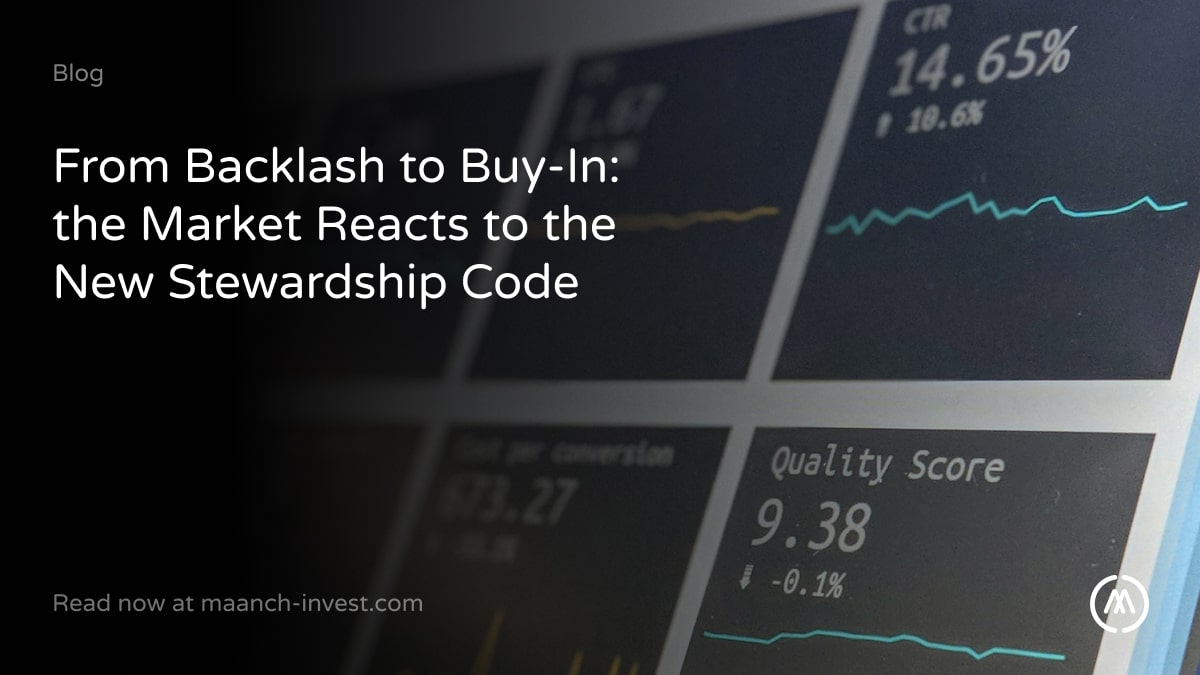A Conversation With Lindsey Stewart
Delve into a thought-provoking discussion with Lindsey Stewart and our Chief Impact Officer, Sianne Haldane, on the impact of regulations and technology in asset management. Lindsey, is an award-winning investment, finance, and communications expert with over two decades of experience, who brings his extensive knowledge and expertise to the forefront of the industry.
1. What is your ESG and investment stewardship career background and how has it evolved over the years?
My career journey has been diverse and I have been fortunate to be able to look at “ESG” aspects through several lenses. I started in investor relations advisory for UK and European companies, which sparked my interest in companies’ performance, valuation and strategy from an investor’s perspective. Back then in the early 2000s, ESG wasn’t a commonly used term, and sustainability reporting was focused on corporate social responsibility. After that, I worked on standard-setting in the accounting industry with KPMG, which has proven useful as we now go through a similar process with sustainability standards. In 2019, I took on a role leading investor engagement work, just as investors were beginning to show interest in material ESG issues, especially climate change. Around that time, regulatory frameworks like TCFD and SASB were becoming central. Later, I did a brief stint in regulation at the Financial Reporting Council, where I gained insight into how investors prioritise engagement with companies. I have since brought this experience to my current role at Morningstar, where I conduct research and evaluate asset managers based on their stewardship and governance approach.
2. How do you see regulations impacting the asset management industry in terms of sustainability and stewardship? How do you predict the regulatory landscape evolving in the future?
Regulations around ESG are becoming more stringent, with mandatory reporting requirements for firms claiming to manage sustainable funds. This specificity will help investors to make informed decisions. As someone who deals with stewardship and active ownership, I believe that asset managers with sustainability objectives should demonstrate active ownership by engaging with companies and escalating issues they are not satisfied with. Regulators in the UK (FCA), Europe (ESMA), and the US (SEC) are pushing in this direction, requiring asset managers to substantiate their sustainable objectives and demonstrate their implementation through stewardship.
3. How is the regulatory approach changing across different jurisdictions, and how does this affect global standardisation?
There are striking differences in approach to ESG between the US and Europe, which have been shaped by their respective regulatory legacies. While there is a push for global consistency, achieving a global baseline is challenging due to these differences. In Europe, there is a strong emphasis on double materiality, which takes into account financial impacts, as well as social and environmental impacts. On the other hand, the US has a five-decade legacy of prioritising financial impacts, leading to some pushback against double materiality. Some parts of the SEC’s proposed climate rule have raised questions about its focus on financial materiality, particularly regarding scope three disclosures on greenhouse gas emissions.
4. What are the challenges of reporting against different regulatory frameworks and disclosures for an MNC?
Reporting against varying jurisdictions and regulations is a challenge for an MNC, particularly in ESG disclosures as they provide signals on a company’s long-term value that cannot be found in financial statements alone. If a jurisdiction requires more extensive disclosures, businesses in other regions may also face pressure to comply to remain competitive. This extra-jurisdictional reach of certain regulations adds complexity, and it will be intriguing to observe how companies navigate this issue.
5. What is your opinion on asset managers incorporating biodiversity into their engagements and voting strategies? Have you observed any adoption of TNFD among industry players?
The investment management industry is still in the early stages of addressing biodiversity. In December 2022, we conducted research during COP15 and found that fewer than 20 investment funds target biodiversity as a theme. While most asset managers recognize biodiversity as part of the broader environmental concerns, there is a lack of discrete strategies to address it. However, the recent global biodiversity framework at COP 15 will help set a firmer context for the industry to engage on this topic. The nature of biodiversity makes it location-specific and requires a different level of information and data to report. Hence, it will take time for investors and companies to negotiate feasible reporting and for engagement to take place before seeing significant voting activity on biodiversity at proxy.
Sustainability-conscious asset managers are eager to see the development of TNFD. However, the framework is still in its beta phase, and there is currently no mandate for its adoption. It remains to be seen how TNFD will interact with ongoing standard-setting work by other bodies, including the ISSB and SEC. There are still many unanswered questions before TNFD can fully embed itself in sustainability reporting as TCFD has done.
6. How can technology be used to support stewardship activities and responsible investment practices?
Greenwashing is a big concern for regulators, it has been a major issue in the investment industry, with some companies being caught in deceitful practices. Additionally, the vague or misleading language used in marketing and communications, such as the word “sustainability,” can contribute to confusion and a lack of understanding. It’s important for companies to clearly define their practices and goals as well as back these claims up with evidence.
7. What is the current level of interest in adopting new technologies?
There is a growing trend among asset managers to adopt technology in response to the increasing demand for transparency and information on sustainability objectives. Regulatory requirements for stewardship information further justify the need for efficient systems and resources to be put in place.
Stewardship and engagement demand transparency and are viewed as key drivers of a sustainable future, as it is challenging to demonstrate sustainability objectives without engagement with companies, both in terms of equity and debt, and active participation in voting and shareholder meetings. Investors must demonstrate their engagement activities to showcase their commitment to sustainable objectives. So, as a whole, the adoption of new technology is essential.
8. Do you think the relationship between companies and investors will shift towards a more collaborative approach in driving sustainable objectives?
Yes, the asset management industry possesses significant knowledge on emerging best practices related to environmental and social topics such as climate change, biodiversity, and human capital. Companies could benefit from recognizing shareholders as a valuable source of knowledge on sustainable objectives and leveraging their expertise to achieve financial and stakeholder benefits.
9. What are the key factors that could drive a collaborative approach?
It’s essential to identify key shareholders and their sustainability objectives and financial priorities to prioritise proactive engagement efforts. Additionally, keeping abreast of future regulatory requirements and jurisdiction-specific expectations will aid in maintaining a best-practice approach.
10. Any final thoughts
I am currently analysing asset managers’ voting patterns from the previous proxy season and identifying emerging themes for the upcoming 2023 season. Topics such as biodiversity and human capital are expected to be central.
The industry is expected to witness interesting developments in shareholder and management proposals. The industry is also preparing for new regulations such as SEC’s climate rule, SDR in the UK, and the European Commission’s sustainability regulations. There might be surprises in the way companies report against these regulations, and we should watch out for new areas that may emerge and how they relate to creating value for shareholders and other stakeholders.
Maanch Engagement Tracker – Simplifying Sustainability, Using Technology
In response to these complex and evolving challenges in responsible investing, we have developed the Maanch Engagement Tracker, a tool that allows you to easily and effectively capture every engagement with your portfolio companies. Uncover its wealth of benefits that can revolutionise the way you manage your portfolio engagements, here.




